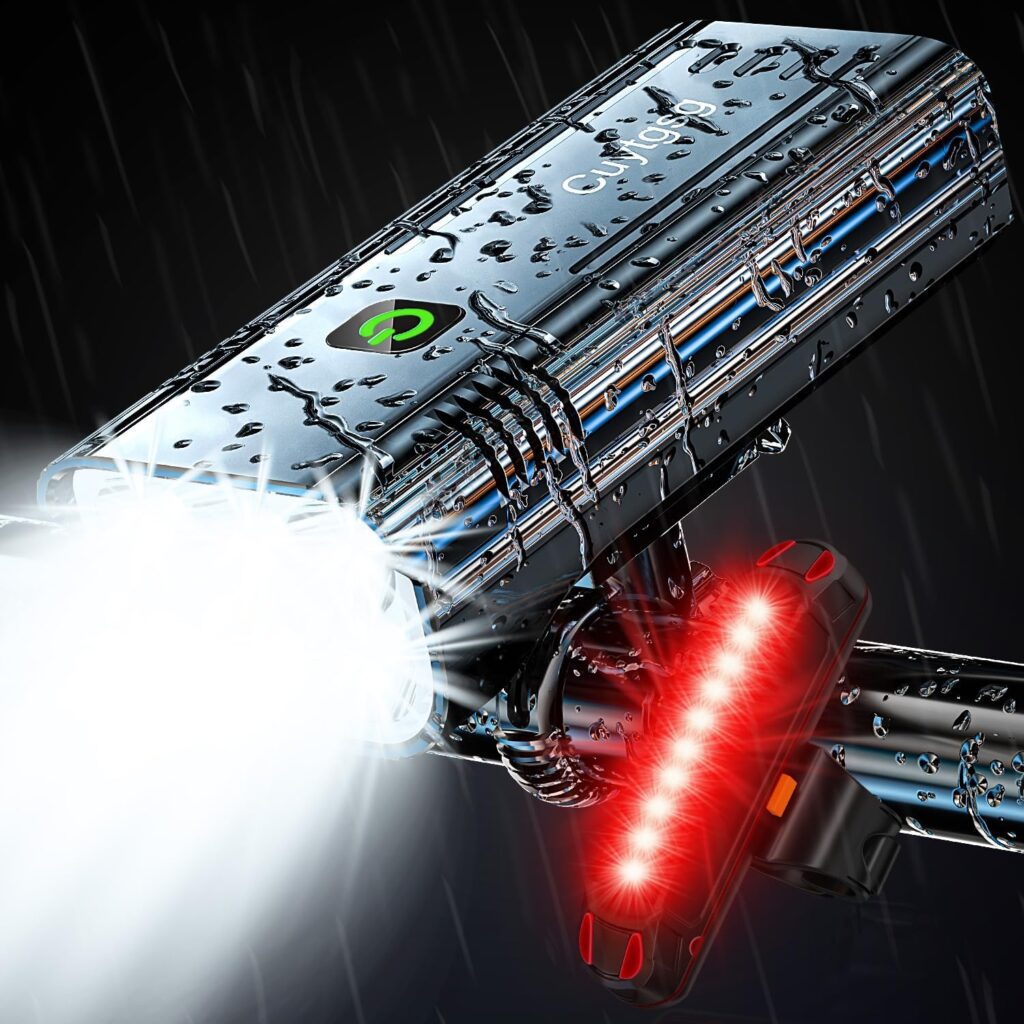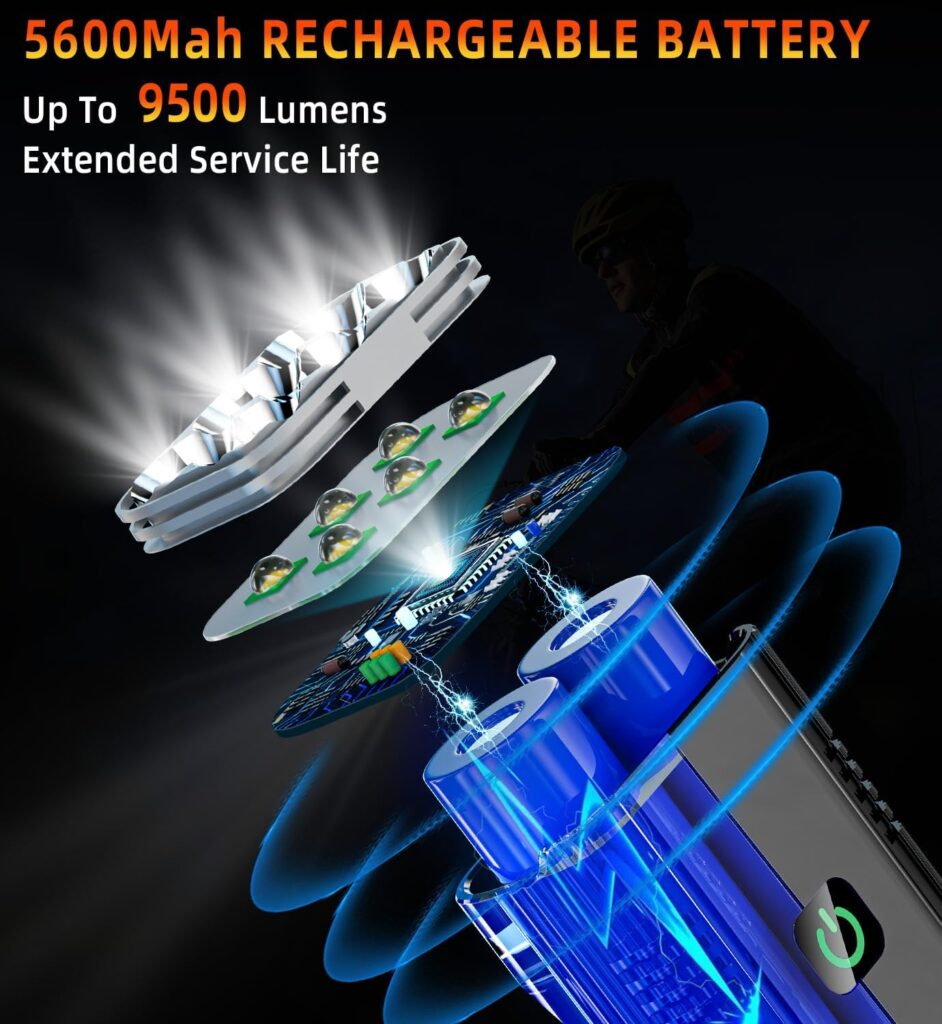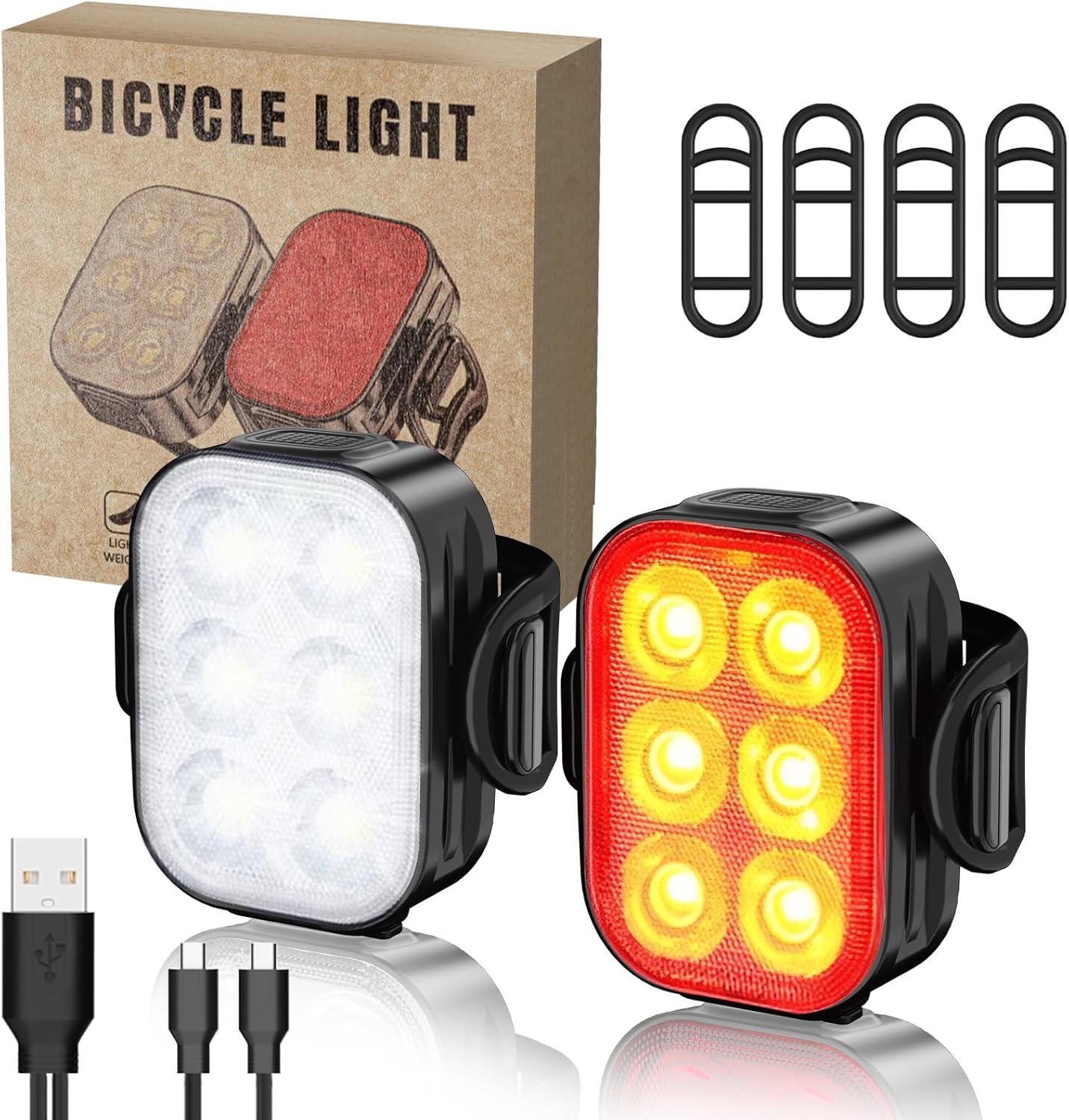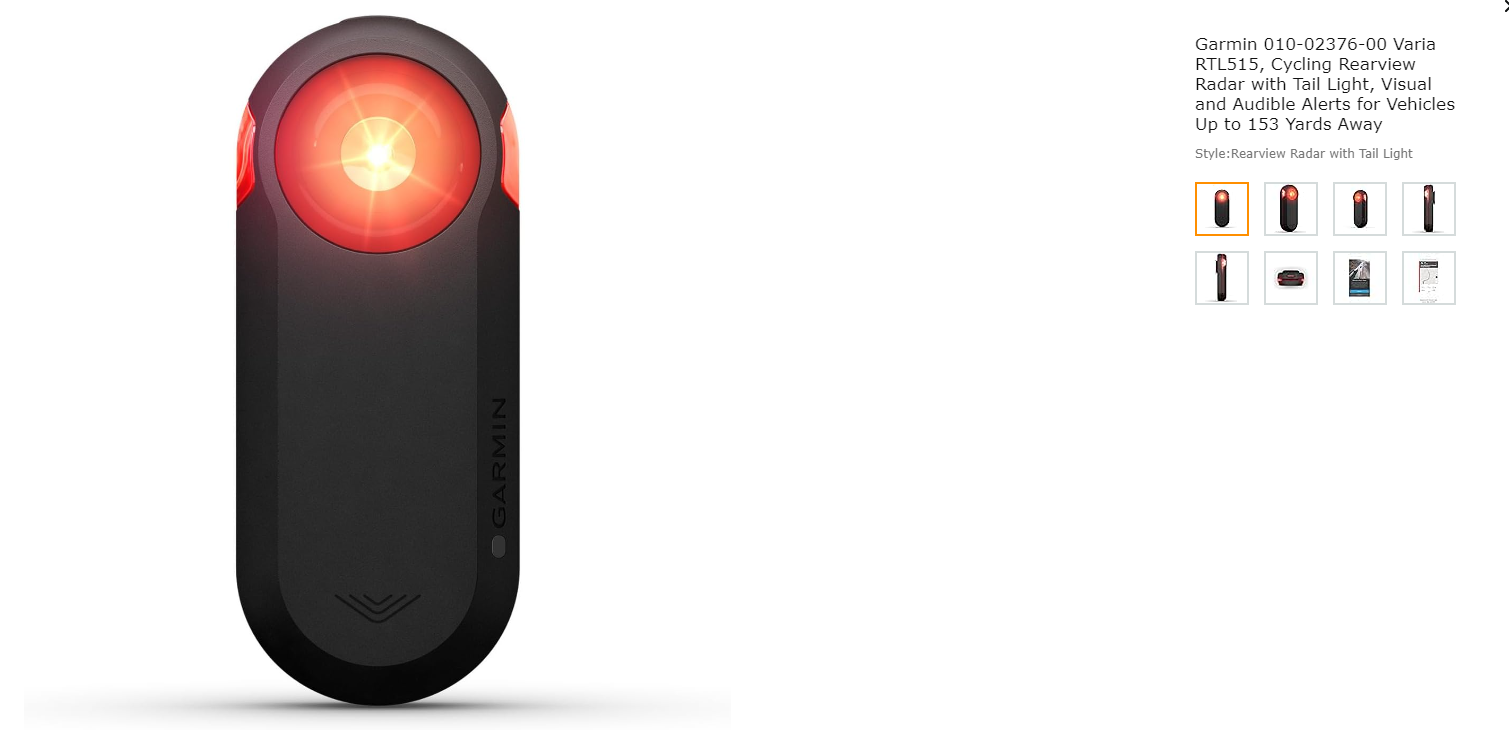Signaling Made Simple: How to Choose and Use Bicycle Indicator Lights
Introduction
Cycling, whether for leisure or as a daily commute, demands safety as much as stamina. Among the most critical components for cyclist safety are indicator lights. These small but vital tools not only enhance visibility but also significantly improve communication with other road users. In this guide, we’ll explore the importance of bicycle indicator lights, how to choose the right ones, and tips for using them effectively.
Why Indicator Lights Are Essential
Indicator lights serve a crucial function in signaling intentions to turn or change lanes, much like turn signals on a car. This is especially important in urban settings where interactions with motorists and pedestrians are frequent and varied. By clearly signaling your intentions, you reduce the risk of collisions and misunderstandings on the road.

Choosing the Right Indicator Lights
- Brightness and Visibility: The primary purpose of any bicycle light is to ensure that you are seen by others. Look for lights that offer high visibility, which typically means opting for LEDs that can be seen from a distance, even in daylight.
- Ease of Installation: Consider how easy it is to attach and detach the lights from your bike. Many models offer tool-free installation, which can be a significant advantage if you use your bike intermittently or store it in public places.
- Durability and Weather Resistance: Since cycling doesn’t stop for bad weather, your indicator lights shouldn’t either. Look for waterproof or at least water-resistant models that can withstand rain and splashes.
- Battery Life: Long battery life is essential, especially if you frequently ride. Check whether the lights use rechargeable batteries or disposables, and consider how often you’ll need to replace or recharge them.
- Modes and Features: Some indicator lights come with various modes, such as steady light, flashing, or multi-point indicators. More advanced features might include remote control activation or integration with cycling computers.

Using Indicator Lights Effectively
- Positioning: Ideally, indicator lights should be mounted on both the front and rear of your bike to maximize visibility. This placement helps others gauge your direction and speed.
- Timing of Signals: Signal well before you make a turn, giving other road users ample time to react. This is particularly important in high-traffic areas.
- Maintenance: Regularly check your lights for any signs of damage or battery depletion. Keeping your lights in good working order ensures they’re ready when you need them.
- Compliance with Local Laws: Always ensure that your use of indicator lights complies with local traffic laws. Some regions have specific requirements about the type and visibility of bicycle lights.

Investing in good-quality bicycle indicator lights is not just about compliance with traffic laws—it’s about ensuring your safety and the safety of those around you. By choosing the right lights and using them properly, you make a significant contribution to safer cycling environments. Remember, a well-lit bike is a visible, and thus safer, bike.





Post Comment